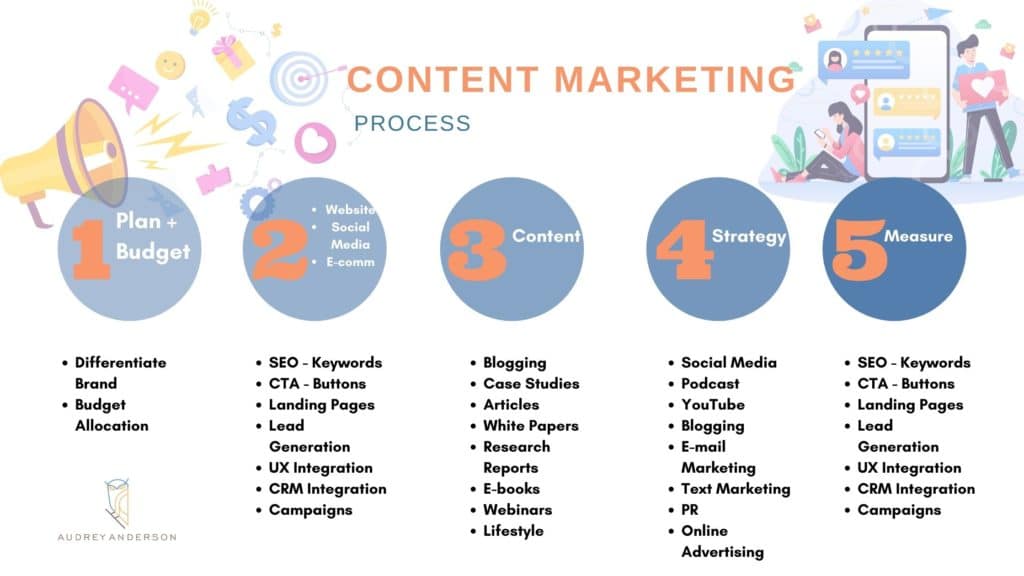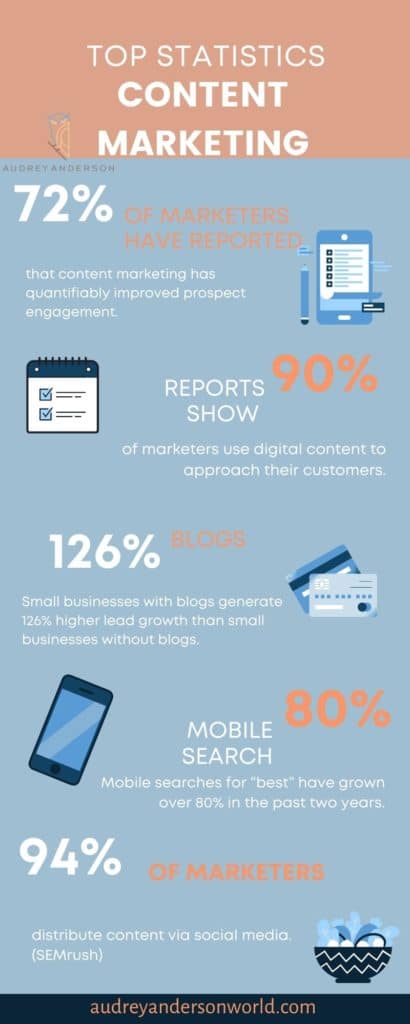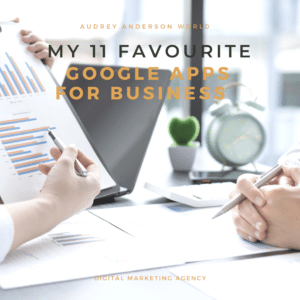
Lash Serums That Work My Favorite – 2023 Review
Lash Serums That Work and are my favourite – A Review We may get paid a commission if you buy something after clicking on one of our affiliate links here
Content Creation Best Practices: A Comprehensive Guide to Maximizing ROI – Content Marketing


Content Marketing – I figured I decided to repay the favour by going over the basics of good content marketing from top to bottom for those thinking about investing in Digital Marketing or Content Creation. Considering this post as a guide to some of my best free information on topics you or your team could benefit from.
No matter how much you have progressed in your content marketing career – and how far you always have to go – there are still a few things you wish you were better at, understood better, or knew about sooner.
I am always learning, but my self-education keeps filling my knowledge gaps, allowing me to develop new skills and strategies and produce better outcomes for my clients and content partners.
Content Creation is so much more than flashy and clever headlines that get shared on social media. With improved design, targeted imagery, and consistently executed storytelling, you can use this Content to add a fresh voice to your business website or blog.
Most people know that content creation and marketing are important – here are some of the fundamentals of content marketing and the associated tools and tactics you need to know about to build brand awareness online.
Google Analytics Google Analytics is a treasure trove of data because it integrates so well with Google Adwords. Allowing you to track how people interact with your site and how to influence those visitors to take action, like making a purchase.

So what is Content Marketing Exactly? According to many sources online and one we all agree upon, it’s the long-term plan to create and publish content to draw in, inform your audience, engage, and influence visitors to your website or blog.
A crucial step in getting your content in front of as many people as possible to further grow your brand and business. Here’s an amazing infographic on the basics of content marketing, so you can take a look at how it’s done to get a picture of the process truly and how it impacts your bottom line.
How do you create Content? Your Content must be: Empowering To increase traffic. To increase traffic. Targeted and relevant Content can be anything, from blog posts to whitepapers to e-books
There is a reason why experts, big brands and even governments keep the words’ Content Marketing’ and ‘Content’ on their lips. Content marketing is more and more prevalent on all social media platforms. Consider the data below, taken from Statista.com.
Content is more valuable than ever.
Although statistics like these are never static, over five years, content marketing has gone from an afterthought to a highly focused and effective aspect of your business, or at the very least a highly desired piece of your overall marketing strategy.

Content development is the process of deciding on a new subject to write about, deciding on the format of the Content, formalising the approach (keyword or otherwise), and then actually creating it.
Furthermore, most content development processes include several rounds of edits with other stakeholders before Content is ready for publication.
Content can take many forms – blog post, video, eBook, Tweet, infographic, advertising – creating content is complex and not always as straightforward as it might seem. Doing this well will translation in a significant impact on your market. In reality, recent research shows that producing high-quality educational
Creating great content begins with a well-defined method. From beginning to end, I will take you through the entire content development process and show you how great Content will improve your viewers and consumers by finding ideas and answers to their problems. So, where do we begin?
Content marketing cannot work optimally in a vacuum, nor is it intended to substitute other forms of promotion. Content performs better in a collaborative capacity – that is, when used to fuel and supplement your other marketing activities aligned with your overall business goals.
Content marketing, for example, complements:
There are three major goals of content marketing: Increasing leads, Increasing sales Increasing brand awareness. These goals have been a constant presence in my training and webinars since starting CMI in 2008, but I do many webinars and training on different topics. I wouldn’t presume that most of my audience (and I) would be familiar with these goals.
In fact, I feel that most of us don’t talk about them in the way that we should. Lead Generation How much of your traffic comes from following your own brand? Does your web traffic measure up against the benchmarks set by the big digital marketing companies? Check out the metric comparison between Google Analytics and SEMrush.
Creating a lasting customer relationship and trust. Put together the same blend of personality, brand personality, and human interest that you would use to tell a story.
Asking yourself what’s the feeling do you want to evoke – perhaps a humorous story about your product’s development, and emotional “story about your life and a bad experience you’ve had” – and that’s your brand. Create a call to action
This should have your customers reaching for their wallet, and the incentive must be compelling and aligned to the value of what you’re offering. Create a call to action that is long enough for people to read the whole thing – not just the headline and the key line. That being said, a headline is your call to action, so make sure it is as compelling as possible!
The first point of connection between your Content and your readers is reading about your products or services. So, what are the best means of generating leads? Your prospect’s background can be the most powerful lead source.
Taking your customer database and compare it against public databases that report average tenure in a customer relationship, such as the State of Delaware or American Time Use Survey.
If your average customer lifecycle of a 30-day cycle is relatively short, your prospects likely do not have a full budget to invest in you yet. The internet provides the best lead generators you could ever hope for. The more of your own emails you can aggregate, the more targeted you can be with audience profiles.
The biggest challenge for most marketers has customers trust them enough to spend their hard-earned money. To overcome this hurdle, we must consider the various types of brand messages we communicate and deliver.
Content marketing is no exception – it’s about selling by building relationships with people. The right created Content can also be highly effective at increasing conversions and driving traffic and is ideal for increasing brand awareness and connecting with people on a one-on-one basis.
With good, trustworthy content marketing, you’re not only driving traffic, but building and retaining loyal fans, brand advocates, and advocates for your Content.
With an understanding of content marketing’s value proposition, you can effectively communicate its advantages to others, including the internal and external teams, the C-suite, and other main stakeholders.
The value proposition is essential for obtaining buy-in and ongoing support: If executive management does not believe in the importance of content marketing, it will be extremely difficult to obtain the budget, capital, and approvals necessary to keep your content engine running at peak performance in the long run.
Although each buy-in discussion is tailored to the organisation’s expectations and marketing objectives, be prepared to answer common questions and objections, such as:
With buy-in in place, you can get down to the business of preparing, designing, and sharing high-quality content that your audience craves.
Although no single strategy for creating and managing content is appropriate for every company, we suggest the following content marketing framework. Consider it a sort of curriculum, covering the five essential components of running an effective, scalable, and highly strategic content marketing operation:
Consider the following three major areas to assist in establishing and activating the organisation’s content creation capabilities:
The single most time-consuming responsibility for today’s content marketers is content production. When it comes to our day-to-day operations, producing great Content is our fundamental duty and the most efficient way for Brands to communicate with our audience and affect sales. Not to mention that’s how we make a living.

Deciding what to write about Creating a content marketing strategy Creating content Reporting Lead generation and conversion Finding and creating partners and collaborators Following up Maintaining your readership
A Note About Your Niche The first thing to understand about writing is your “niche”. “Shiny objects” don’t go viral. Rather, they (usually) must support or reinforce something that’s already growing in your readership.
You don’t need to be the “Me too” writer, you don’t need to invent the wheel, and you don’t need to have no subject matter expertise at all. The most important thing in your content strategy is finding something people need and want.
Then there’s the question of how to differentiate the Content you produce under your prefered tactical umbrellas – an important factor if you want to stand out from the crowd, attract and engage the right audiences, and force them to act on your behalf.
One solution to this challenge is to identify a content niche (also known as a content tilt) that you can cover better than everyone else in your industry – thinking of Moz’s Whiteboard Friday blog posts which is something I use in my industry.
By concentrating your creative energies on a single speciality, you avoid the paralysis resulting from attempting to fill so many content buckets at once and ensuring that anything produced under that theme organically ties to your strategic intent.
To find a viable content niche, consider the following three questions:
Selecting Material Strategies
Identifying your distinct material angle
According to Research, Budgets, and Trends analysis, the most common content formats and styles are social media articles, blog posts, emails, e-books, and video. See our Magazine ChiChi Kawa May 2021 – The Make Money Online Blogging Business
However, just because these content choices seem to have universal appeal does not imply that they are a good match for every purpose or that valid reasons to work with more advanced tactics do not exist. Becoming acquainted with the advantages and disadvantages of each choice to make an informed decision on which to follow.
Some ideas to get you excited with your research:
“Content” may be somewhat overused, but content marketing is all about making sure that your audience is getting the Right Content at the right time, with the right message. Here are the five types of Content that you’ll most likely need for effective content marketing.
I always will try to create a narrative style of Content that has to do with stories. But not the gruesome genre of horror or thriller, but the kind of relatable stories told by trustworthy sources that highlight shared values and motivations.
This is not just one way of getting the word out about a product, but it’s a way to help people develop and maintain a sense of shared reality and identity. The trick is to find stories that are both unique to your brand and unique from your competitors.
Explanatory Tutorials
These are pieces of Content that help readers understand a process or direct them through implementing a specific method.
Your Research Results
I searched for the top-performing papers in terms of engagements for the keywords “SEO best practises” as an example of the relevance of research outcomes. The outcome is instructive.
Opinions of Experts
In content marketing, aggregating expert perspectives on a subject is becoming a gold mine.
Information That Is Disruptive In Your Industry
Disruptive marketing is constantly looking for the latest, cutting-edge way to do things, using new media networks and technology. Aside from that, revolutionary marketing aims to cut through the clutter of modern marketing and genuinely connect with consumers.
Informative List
Nothing beats an insightful list. Lists are more convenient to read. They provide the readers with a wealth of knowledge in an orderly fashion.
I have only scratched the surface of a wide swath of topics in this article, but it’s definitely a good place to start. Have any other questions? Let me know in the comments. I’d be happy to help you in your journey.

Get updated with the latest news about our company’s achievements and activities

Lash Serums That Work and are my favourite – A Review We may get paid a commission if you buy something after clicking on one of our affiliate links here

Rodan and Fields Consultant + Rodan and Fields Find a Consultant Should I join the Rodan Fields Consultant Program? EVERYTHING YOU NEED TO KNOW ABOUT BECOMING A CONSULTANT FOR RODAN

The best sunscreens The Best Sunscreens – so you can be sure you’re getting the best protection possible. AAW Your ultimate guide to the Best sunscreens CHICHI KAWA – Summer

My best hair care products We may get paid a commission if you buy something after clicking on one of our affiliate links here on the site on the best

Retinaldehyde The Ultimate Guide to Retinaldehyde – the Older Sister of Retinol: The type of retinoid you use matters if you are looking for a retinoid to treat acne, premature

My 11 Favorite Google Apps For Business If you haven’t already, I invite you to check out the G Suite platform for your business and my Favourite Google Apps For
